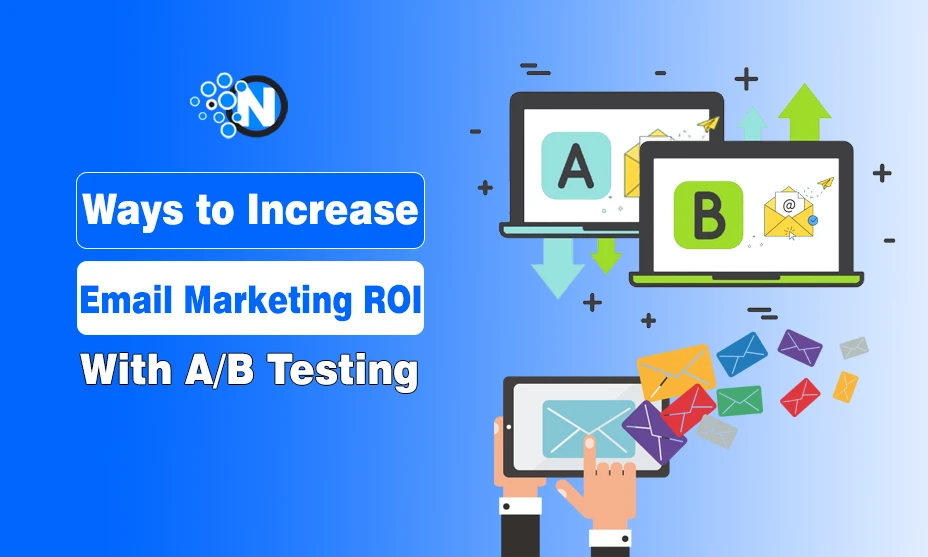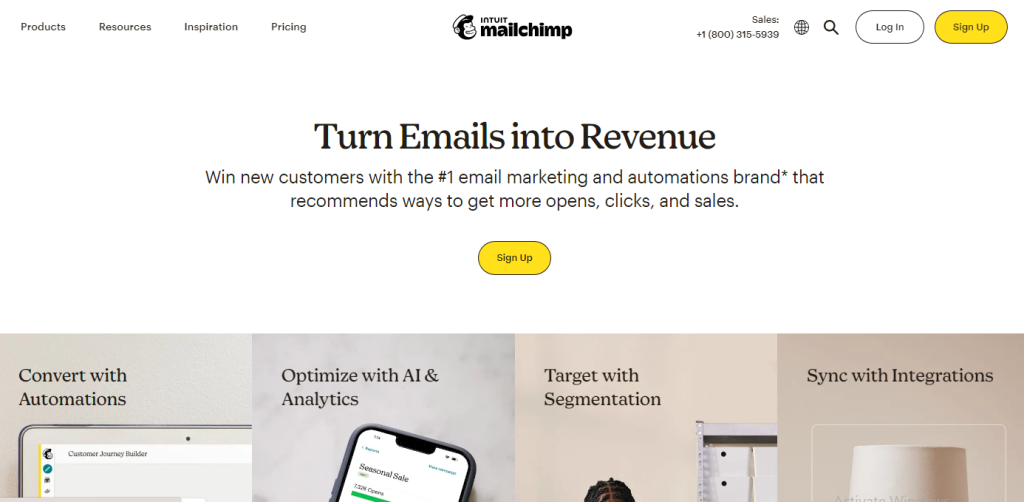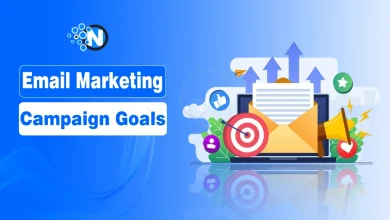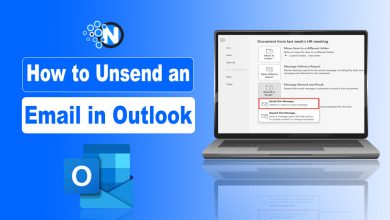A/B Testing – Effective Ways to Increase Email Marketing ROI

Email marketing is the most direct way to reach a specific target audience about a product or service. These are mostly done through advertising campaigns through which users see the business product in important sections of their messages. If email marketing campaigns are not working positively for you or not reaching the targets, there comes A/B testing of email marketing.
A/B testing compares two email marketing campaigns to see which one performs better. Here, you test different subject lines, calls to action, and email content to know key performance indicators that are best for your audience and make informed decisions about your email marketing strategy. Through deep testing of different items, you can determine which combination leads to the highest ROI for your email marketing campaigns.
Here, we will explore some effective tips for conducting A/B tests that can help you increase your email marketing ROI.
What you should know about A/B Testing?
A/B testing is a powerful method of analysis for comparing two versions of a specific webpage, app, or digital product whose content concerns the target audience. It is specifically used for user experience testing, content testing, pricing testing, and marketing campaign testing.
What is A/B Testing in Email Marketing?
A/B testing of email marketing refers to the comparison of one email marketing campaign with another to establish which among them is more effective. You can also do this by adjusting elements such as subject lines, calls to action, and content within the body of an email.
The implementation of A/B testing in email marketing identifies the potential flaws in your campaign. A testing specialist can easily understand those flaws related to elements, email spam, subjects or lines that are not making the campaign successful.
Ways to Increase Email Marketing ROI With A/B Testing
Here’s how you can increase your email marketing ROI with A/B testing while following the below-tested ways.
1. Choose a Metric:
When you’re running an A/B test, it’s important to decide which metric you should use to evaluate the success of each version of the email campaign. Common metrics include open rate, click-through rate, and conversion rate. You should only test one element at a time for the most accurate results. Examples of potential experiments include:
- Subject lines
- Calls to action
- Body text Images
- Personalization
- Headlines
- Text
All of these elements are likely to have varying effects on the conversion process. For instance, your subject line might impact the open rate, while your call to action could affect the click-through rate. When deciding which elements to test first, consider this: if your email open rate is low, then it’s best to start with the subject line.
2. Confirm the Part to Test:
Once you have chosen the element to test, it’s important to decide how to structure the experiment. If you are testing subject lines, for example, you should decide how many versions of the email to test and what the other versions will contain. This could include length, phrasing, urgency, and personalization variations.
- If you boast a massive mailing list and the A/B test service of your choice charges per email address, selecting the most feasible sample size is essential. The selection process should be random; larger samples yield more precise and accurate results.
- To optimize time-sensitive offers, test the campaign with a small group of recipients and then send the successful email blast to the full list.
3. Results Analysis:
After you execute your A/B test, it’s time to review your results and decide which version of the email created the highest return on investment. Start by viewing your results and comparing the metrics for each email version. This will help you identify which elements were most effective and how they impacted the campaign’s overall success.
4. Forming a Hypothesis:
Every hypothesis is motivated by an issue and essentially sets forth why you desire to execute a trial in the first place. In constructing the foundation of any experiment, a solid hypothesis is paramount to an effective email experiment. Structure a hypothesis for your email test to analyze data, identify conversion rate issues, and propose an experiment that positively impacts results.
Evidently, establishing a hypothesis helps you create a strong structure for an email experiment by prohibiting you from randomly testing adjustments and inspiring you to assess changes based on the goals of your email channel.
Online sources offer various methods for developing hypotheses, but it’s crucial to consider that each experiment’s hypothesis should be according to its specific objectives.
5. A/B Testing Tools for Email Marketing:
There are many tools available that provide A/B testing capabilities for email campaigns. Tools like Optimizely and MailChimp offer features such as real-time analytics, split testing, and multivariate email testing.
- These tools make it easy to track the performance of your campaigns and suggest you more effective.
- These tools provide detailed reports outlining the results of each test and allow you to compare emails. This data can then be used to make informed decisions about future campaigns.

Benefits of A/B Testing for Email Marketing:
A/B testing can help you get out of your email campaigns by allowing you to experiment with different elements. Some key benefits of Email Marketing are given below:
- A/B testing can help you increase conversions and improve ROI.
- You can identify which elements of an email are most important.
- It allows you to quickly and easily test different elements of an email campaign.
- You can optimize your campaigns for better performance by testing different versions of the same email.
- You can adjust your strategy to focus on the elements that have the most impact on campaign success.
- Lastly, you can get valuable insights into what your customers respond to and what type of content resonates with them.
Testing is usually done by businesses that deal mainly with consumer products. Sometimes, these businesses fail in their overall eCommerce campaign to get the desired response. They can increase ROI by following this A/B testing for E-commerce guide.
Final Words
The utilization of a technique such as A/B testing of email marketing is very effective for the enhancement of the efficiency of your email compaigns. In testing, you can sort out what parts are the most effective and thus make wise decisions on what future campaigns to instigate.
This testing gives you better information about who your customers are and what they prefer, thus increasing the chances of good results from the implant. Proper tools will enable you to analyse the performance of your campaigns to ensure they provide maximum results.




